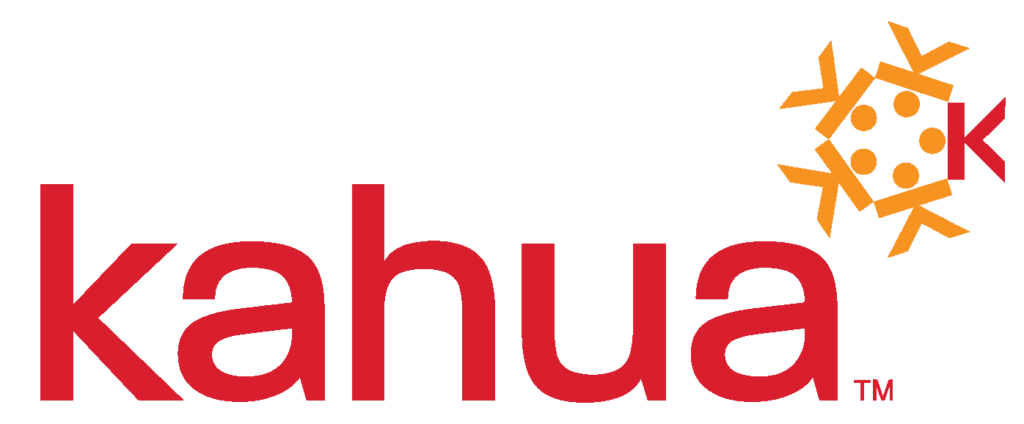5 Tips to Streamline your Real Estate Project Management
It’s no secret that unmanaged real estate projects can create big headaches for your business. With so many moving parts, tight deadlines and stakeholders to keep happy, it’s easy to get off track.
The good news is a few simple tweaks to your construction project management approach can make a noticeable difference.
In this post, we’ll dive into five practical tips to help you simplify your processes and improve your real estate project management. Whether it’s adopting the right software, nailing effective communication or leveraging automation, these strategies are here to make your life as a project manager a whole lot easier.
The Importance of Efficient Project Management
Let’s face it, no one wants to explain a missed deadline.
Efficient project management in real estate is crucial for keeping timelines on track, staying within budget and ensuring successful project outcomes.
Real estate projects often involve multiple stakeholders and processes, so streamlining workflows can significantly enhance productivity and reduce costly delays. By focusing on best practices, you can deliver better projects and avoid missed deadlines.
What is the Role of Project Management in Real Estate?
Project management in real estate involves planning, executing and monitoring projects from inception to completion.
There are so many moving parts involved, including budgeting, scheduling, resource allocation, risk management, setting clear and realistic expectations for stakeholders and ongoing communication with teams.
If the overarching goal is to ensure that projects are delivered on time, within scope and of the highest quality, then by improving foundational project management processes, real estate project managers can achieve goals while boosting efficiency.
1. Implement Advanced Project Management Software
One of the simplest ways to streamline project management in real estate is by leveraging advanced software solutions that can help you strategically manage your projects from a single interface. These tools centralize data, automate tasks, and improve collaboration among teams.
Kahua’s real estate project management software helps you manage project logistics, budgets, contracts and more in a single location, the way you want to.
Key Features to Look for in Project Management Tools
When choosing project management software, consider features like real-time tracking, document management, data analytics and reporting, task automation and visibility into current and upcoming projects to keep everyone on track.
These capabilities help streamline workflows and enhance transparency across teams.
Integration Capabilities with Existing Systems
Implementing a full-service construction project management software that doesn’t integrate with your current technology stack is just going to make your projects more complicated.
That’s why it’s important to make sure the project management software you choose ties into your current systems, like CRMs and accounting platforms.
When everything syncs up, it saves you the frustration of manual data entry and makes it easier for your team to find everything they need in one place.
2. Develop a Comprehensive Communication Strategy
It’s essential to develop a clear communication strategy for your project. Communication is key for any project to move efficiently across multiple teams and phases. Here are two ways to create a communication strategy that streamlines your project efficiency.
Creating Clear Communication Channels
Clear communication is a game changer for any real estate project, especially if you’re the one in charge of making sure everyone stays updated.
Start by setting up easy-to-follow communication channels for everyone involved including clients, contractors and internal teams. Make sure everyone knows when and how updates will be given to avoid confusion.
Focus on getting updates to the right people at the right time, but don’t forget to share essential info with the rest of the team when it’s helpful. And remember, regular check-ins with stakeholders go a long way in keeping everyone on the same page.
Using Collaborative Digital Tools
Collaborative tools like shared dashboards and messaging platforms are also a game changer for keeping teams aligned with communications. Look for digital tools that allow for real-time communication and document sharing to keep everyone on the same page.
3. Optimize Resource Allocation and Scheduling
Whether you’re running a complex enterprise real estate project or something smaller, resource allocation is an integral part of making sure your project runs smoothly.
Ensuring you have the budget, manpower and resources you need to complete your project on time will keep everything on track and avoid bottlenecks in the middle of an important project to acquire resources that should have been allocated from the beginning.
Effective Capital Planning
No project gets off the ground without adequate funding, making effective capital planning key to a project’s success.
By effectively planning the financial stages of your project up front, you’ll be able to successfully allocate the capital needed for your project and create any contingency plans to avoid overspending. Careful capital planning reduces the risk of overspending and ensures financial stability throughout the project lifecycle.
Budget Tracking
Budget tracking has come a long way since balancing the books with a pencil and calculator.
Today, your company can use digital tools to track budgets in real time. This ongoing visibility into project spend allows you to quickly catch variances and make changes before they become issues that could affect allocated project spend.
4. Implement Robust Risk Management Techniques
Managing risks proactively during your real estate project can help you avoid bigger issues later on. Spotting potential roadblocks early means fewer delays and unexpected costs.
Dedicated risk management tools make it easier to figure out what could go wrong, how to handle it and how to keep your real estate project on track.
Identifying Potential Project Risks
Conduct thorough risk assessments at the start of each project to avoid any surprises.
Identify potential challenges that might be involved including approvals and red tape, labor shortages or supply chain issues, and develop contingency plans to handle them.
As a team, walk through potential project outcomes–both good and bad–so you can prepare to keep your project on track despite any hurdles.
Risk assessments should be done at every key milestone of the project as the team prepares for the next set of tasks so you can better anticipate any downstream impacts to the project schedule.
5. Leverage Technology and Automation
We’re living in a world of tech advancements that have the ability to make our lives much easier. Tools like artificial intelligence (AI) and machine learning can analyze data to predict trends, optimize decision-making processes and improve time management across your team.
Using technology can make a world of difference by cutting down on manual work and improving accuracy. Automating routine tasks like invoicing and reporting frees up your team’s time so they can focus on the stuff that really matters to your project.
And with software that predicts how scheduling and budgets could be impacted ahead of time, you’ll be better equipped to focus on the big decisions and tackle issues as they creep up.
Streamline your Project Management with Kahua
Bringing all your project management tasks, timelines and budgets together into one place can make a huge difference in getting your real estate projects finished on time and within budget.
That’s where Kahua comes in.
With advanced features like document management, cost tracking, historical project data and tools to keep your team connected, Kahua helps you simplify the process and get the best results out of every project.
Request a demo today to see how we can help you achieve your goals.


